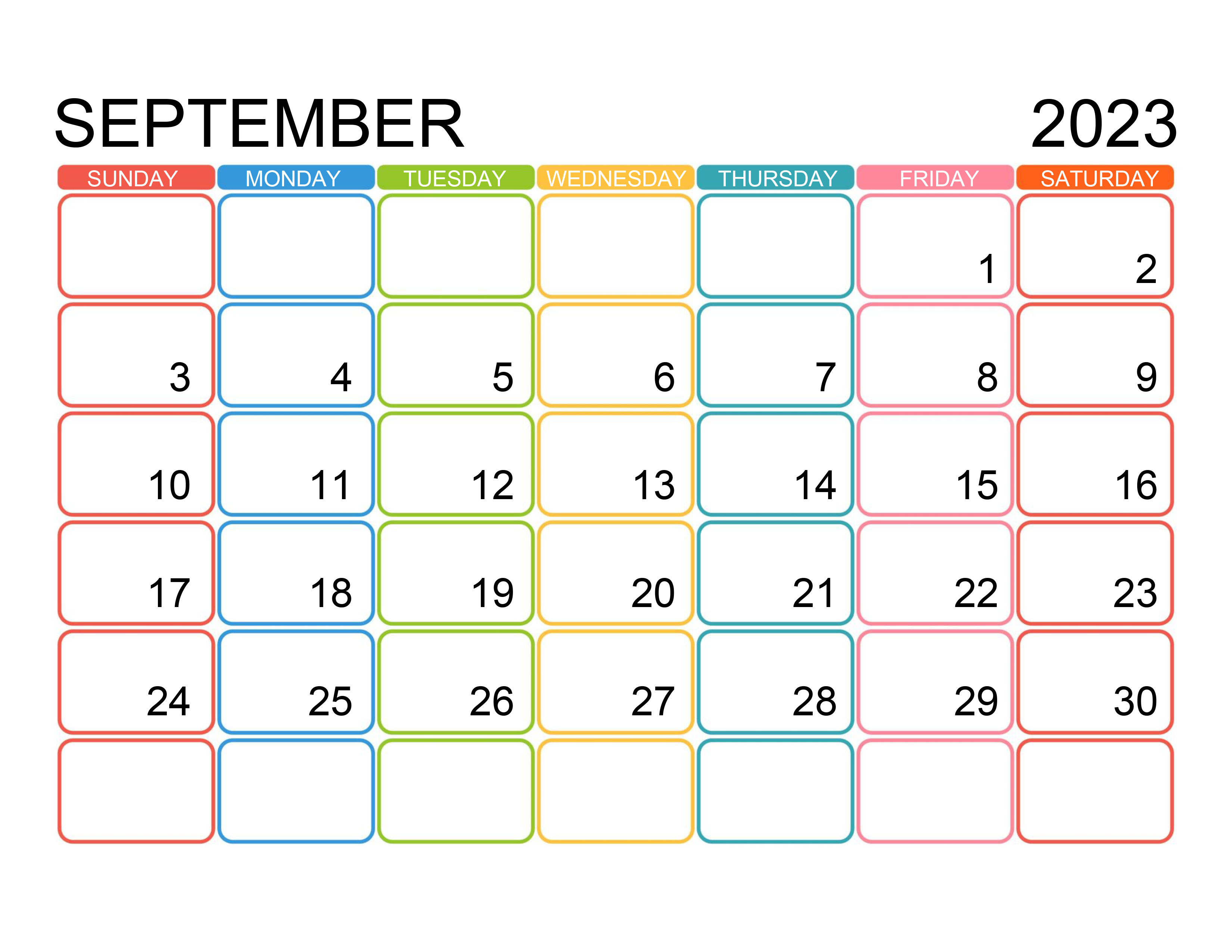Best time to cruise Alaska? The ideal time for an Alaskan cruise hinges on a confluence of factors: weather, wildlife viewing opportunities, crowd levels, and pricing. Understanding these variables is key to planning an unforgettable journey through this breathtaking state. This guide delves into the intricacies of each season, helping you determine the perfect moment to embark on your Alaskan adventure.
From the vibrant summer months brimming with wildlife and daylight to the quieter, more affordable shoulder seasons, each period offers unique advantages. We’ll explore the nuances of weather patterns, cruise availability, and the best times to spot whales, bears, and other iconic Alaskan fauna. Ultimately, choosing the best time depends on your priorities and expectations for your Alaskan cruise experience.
Weather Conditions in Alaska Throughout the Year: Best Time To Cruise Alaska
Alaska’s weather is as diverse and dramatic as its landscapes, significantly impacting the timing and enjoyment of a cruise. Understanding the seasonal variations in temperature, precipitation, and daylight hours is crucial for planning an Alaskan cruise. This information will help potential travelers make informed decisions about the best time to visit, based on their priorities and tolerance for varying weather conditions.
Examine how resepi biskut snow almond sukatan cawan can boost performance in your area.
Monthly Alaskan Weather Overview
The following table summarizes average weather conditions across Alaska’s major cruise destinations throughout the year. Note that these are averages and actual conditions can vary significantly depending on location and altitude.
| Month | Average Temperature (°F) | Precipitation (inches) | Daylight Hours (approx.) |
|---|---|---|---|
| January | 10-25°F (depending on location) | 2-6 inches | 6-8 |
| February | 15-30°F | 2-5 inches | 8-10 |
| March | 20-35°F | 2-4 inches | 10-12 |
| April | 30-45°F | 2-4 inches | 14-16 |
| May | 40-55°F | 3-5 inches | 16-18 |
| June | 50-65°F | 4-6 inches | 18-20 |
| July | 55-70°F | 4-6 inches | 18-20 |
| August | 55-70°F | 4-6 inches | 16-18 |
| September | 45-60°F | 4-6 inches | 14-16 |
| October | 35-50°F | 3-5 inches | 10-12 |
| November | 25-40°F | 2-4 inches | 8-10 |
| December | 15-30°F | 2-6 inches | 6-8 |
Impact of Weather on Cruise Activities
Weather significantly influences the success and enjoyment of various cruise activities. For example, heavy rain or fog can severely limit visibility during whale watching tours, potentially preventing sightings. Similarly, glacier viewing can be obstructed by poor weather, diminishing the experience. Shore excursions, particularly those involving hiking or outdoor activities, may be cancelled or altered due to inclement weather.
Strong winds can also impact the stability of smaller boats used for excursions.
Challenges Posed by Extreme Weather
Extreme weather events, such as storms, heavy snowfall, or unusually cold temperatures, can lead to significant disruptions to cruise itineraries. Ports may be closed, delaying or cancelling scheduled stops. Strong winds can make sailing unsafe, necessitating changes in routes or even causing delays. Passengers should be prepared for potential itinerary adjustments and understand that the cruise line’s priority is passenger safety.
For example, in 2018, a major storm caused significant delays and itinerary changes for several Alaska cruises, resulting in missed port calls and altered excursion schedules.
Wildlife Viewing Opportunities
Alaska’s abundant wildlife offers unparalleled viewing opportunities for cruise passengers, but the best time to see specific animals depends heavily on their migratory patterns and breeding cycles. Timing your cruise strategically maximizes your chances of witnessing these incredible creatures in their natural habitats. Careful planning, considering both the species you hope to see and the cruise itinerary’s ports of call, is key to a successful wildlife viewing experience.Alaska’s diverse geography and varied ecosystems support a rich tapestry of wildlife.
From the majestic humpback whales breaching in the ocean to brown bears foraging in coastal forests, the sheer variety of species ensures a memorable experience for any visitor. However, understanding the seasonal movements and behaviors of these animals is crucial for optimizing viewing opportunities. The accessibility of wildlife viewing locations also varies depending on the cruise port and the chosen excursions.
Whale Watching Opportunities, Best time to cruise alaska
Humpback whales are a popular draw for Alaska cruises. Their presence is widespread throughout the Alaskan coast, but their peak season varies by location. In Southeast Alaska, humpback whales are most commonly sighted between May and September, often feeding in the rich waters of Glacier Bay and Icy Strait. In Prince William Sound, sightings are common from May through October.
The best locations for whale watching are often areas with deep waters and abundant krill populations, which serve as a primary food source. Whale watching tours departing from Juneau, Ketchikan, and Seward offer excellent opportunities to witness these magnificent creatures.
Bear Viewing Opportunities
Brown bears, including the iconic Kodiak bear, are another major attraction. While brown bears can be spotted throughout the year in different regions, the best time for viewing is during the spring and summer months (May-September). During this time, they are most active, feeding on salmon runs and foraging for berries. Katmai National Park, accessible via flightseeing tours from various Alaskan towns, is renowned for its large brown bear population and abundant salmon runs.
Coastal areas near Kenai Fjords National Park and Admiralty Island National Monument also offer excellent opportunities for brown bear viewing, often accessible through guided tours from Seward and Juneau respectively.
Eagle Viewing Opportunities
Bald eagles, the national bird of the United States, are prevalent throughout Alaska. While they can be seen year-round, the best viewing opportunities occur during the winter months (October-March) when they congregate near salmon spawning grounds and readily accessible food sources. The Mendenhall Glacier area near Juneau and Haines are particularly good locations for eagle viewing, with opportunities to observe eagles feeding on salmon carcasses.
In these locations, the eagles are often quite accustomed to human presence, offering exceptional viewing opportunities.
Wildlife Viewing Opportunities by Month and Location
Understanding the seasonal movements of Alaska’s wildlife is crucial for maximizing your chances of spotting them. The following bullet points provide a summary of the best times and locations to see various species. Remember that wildlife sightings are never guaranteed, and conditions can vary from year to year.
- Humpback Whales: May-September; Glacier Bay, Icy Strait (Southeast Alaska), Prince William Sound.
- Brown Bears: May-September; Katmai National Park (flightseeing required), Kenai Fjords National Park (Seward), Admiralty Island National Monument (Juneau).
- Bald Eagles: October-March; Mendenhall Glacier (Juneau), Haines.
- Orcas (Killer Whales): May-October; Prince William Sound, Southeast Alaska (various locations).
- Moose: Year-round (best viewing in spring and fall); various locations throughout Alaska, often near rivers and lakes.
Glacier Viewing Conditions

Witnessing Alaska’s glaciers is a breathtaking experience, but optimal viewing depends heavily on weather patterns, glacial activity, and accessibility. The ideal conditions combine clear skies for unobstructed views, moderate ice calving activity for dramatic displays, and convenient access points for safe and comfortable observation. Seasonal variations significantly impact these factors, resulting in vastly different viewing experiences throughout the year.Ideal conditions for glacier viewing involve a sunny day with minimal cloud cover.
This allows for clear visibility of the glacier’s immense scale, intricate details of its surface, and the surrounding landscape. Moderate ice calving, where chunks of ice break off and fall into the water, adds to the spectacle, but excessive calving can pose safety risks. Accessibility is also crucial; easily accessible viewpoints offer the best opportunities for casual observers, while more challenging treks or boat tours may provide more intimate experiences but require more preparation and potentially specialized equipment.
Seasonal Variations in Glacier Viewing
The Alaskan climate profoundly influences glacier viewing opportunities. Summer months (June-August) offer the longest daylight hours, increasing viewing time. However, warmer temperatures also lead to increased melting, potentially reducing the visual impact of some glaciers and making certain access points more challenging due to meltwater runoff. Conversely, during the shoulder seasons (May and September), the weather is often more unpredictable, with a mix of sunny and cloudy days, but the crowds are smaller and the scenery can be equally stunning.
Winter (November-March) presents a unique, snow-covered landscape, though visibility can be severely limited by snowstorms and low light levels. Many glaciers become inaccessible during the winter due to snow and ice accumulation, rendering boat tours and some land-based viewpoints impassable. Spring (April-May) and autumn (September-October) can offer a blend of conditions, with the potential for clear skies and minimal crowds, but the weather can still be unpredictable.
The melting snow in spring can create stunning waterfalls cascading from the glaciers, but also increase the risk of unstable terrain near glacial waterways.
Impact of Seasonal Changes on Glacier Appearance
The visual appeal of glaciers is significantly affected by seasonal changes. During summer, the glaciers may appear smaller due to increased melting, revealing more of the surrounding rock and vegetation. The vibrant blue hues of the ice may also be less pronounced due to surface meltwater. Conversely, during winter, a thick blanket of snow covers the glaciers, giving them a pristine white appearance.
The snow cover can obscure details of the glacier’s surface, but also creates a dramatic and serene landscape. The shoulder seasons offer a transition between these extremes, with varying degrees of snow cover and meltwater impacting the overall visual impact. For instance, the Mendenhall Glacier in Juneau, Alaska, presents dramatically different appearances throughout the year. During summer, its terminus (the end of the glacier) is often exposed, with meltwater creating dynamic waterways.
During winter, it’s largely hidden beneath a thick layer of snow.
Planning an Alaskan cruise requires careful consideration of various factors, but understanding the interplay between weather, wildlife activity, crowd levels, and pricing allows for informed decision-making. Whether you prioritize stunning glacier views, abundant wildlife sightings, or a more tranquil journey, this comprehensive guide equips you with the knowledge to select the optimal time for your Alaskan cruise, ensuring an unforgettable experience amidst the state’s awe-inspiring landscapes.



